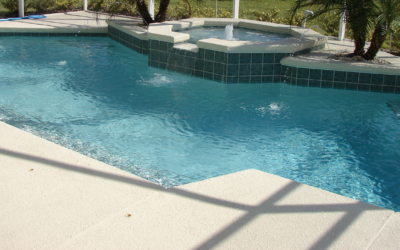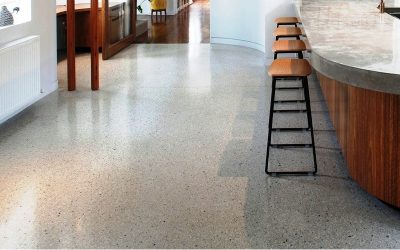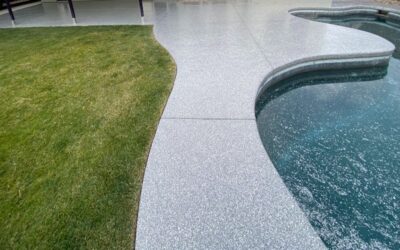When choosing the flooring material for your building, you have several factors to consider. You want your flooring to be durable, aesthetically pleasing, and easy to maintain. Polished concrete is a versatile option that checks all of those boxes.
Polished concrete is becoming an increasingly popular material for residential, commercial, and industrial flooring. The many combinations of cement colors and coatings make polished concrete a highly customizable and desirable flooring option. So what exactly is polished concrete, and is it suitable for your floors?
This article will cover how manufacturers make polished concrete to help you better understand the product. It will then discuss what factors to consider when choosing polished concrete so you know if it’s the right flooring material for your building. For more information, contact SLG Concrete Coatings at (805) 934-3881 (Santa Maria office) or (559) 724-3884 (Fresno office).
The Concrete Polishing Process
Creating polished concrete floors is a relatively straightforward process for experienced contractors. Like sanding wood, polishing concrete uses a series of progressively finer materials to smooth the concrete surface and produce a glossy finish.
First, coarse diamond segments roughly grind the concrete and help remove any blemishes, imperfections, or existing coatings on the concrete’s surface. Next, diamond abrasives and polishing disks finely grind and polish the concrete to make its surface smooth and shiny. Contractors may use the same materials several times over, depending on the condition of your concrete floor and your desired surface quality.
During the grinding process, contractors apply a penetrative sealer to the concrete. The sealer hardens and densifies the concrete to ensure proper grinding, protects the concrete from damage during the grinding process, and creates a reflective and glossy surface. The optional last step is to add a polishing compound to the finished surface to clean the concrete and help with dirt resistance.
Advantages of Polished Concrete
Polished concrete has advantages over other materials for residential, commercial, and industrial floors.
Low Maintenance
The smooth surface of polished concrete leaves no cracks or holes for dirt, debris, and harmful allergens to hide. Polished concrete also resists stains from liquid spills and marks from tires. The only maintenance required is occasional sweeping or mopping to keep the floor clean and shining.
Durability
Polished concrete is among the most durable flooring options. Under normal conditions, the material won’t chip, crack, or scratch. Polished concrete can hold up under heavy foot traffic and equipment, making it ideal for any building.
If you are worried about damage to your polished concrete floor, consider applying a protective coating to further increase its durability.
Long Lifespan
Due to its low maintenance requirements and durability, polished concrete is a long-lasting flooring option. Polished concrete floors typically last at least 20 years. You can make your polished concrete floor last your entire life with occasional repolishing.
Cost-effective
While the exact price depends on the square footage, polished concrete is inexpensive compared to other flooring options. Hiring polishing contractors will be your most considerable expense, and that process has similar costs to installing other flooring materials. However, the low maintenance requirements, durability, and long lifespan of polished concrete mean you won’t have costly expenses in the future to uphold the quality of your floor.
Environmentally Friendly
Because it keeps and uses your existing concrete floor slab, polishing concrete doesn’t require any additional materials that could damage the environment. Further, you won’t need any hazardous chemicals to clean and maintain your polished concrete floor.
Versatile and Customizable
During the grinding and polishing process, you can dye your concrete to make it almost any color you want. Combine that with beautiful staining and decorative elements, and you can customize your floor to your desire.
Aesthetically Pleasing
Whether you customize your polished concrete or leave it as is, you’ll have an attractive glossy floor that brightens the room.
Disadvantages of Polished Concrete
Polished concrete is an excellent option for most flooring projects. It works for residential, commercial, and industrial areas. Still, there may be a few circumstances where polished concrete isn’t your best choice.
Such circumstances include commercial or industrial spaces with particular and often unusual flooring requirements. The main disadvantages of polished concrete for residential floors are its lack of sound absorption and cushion.
Polished Concrete Flooring and Quality Coatings from SLG Concrete Coatings
SLG Concrete Coatings is your trusted concrete flooring company in the Central Coast and Central Valley of California. From polished concrete and concrete staining to Concrete Armour polyaspartic coatings, we’ll bring your floor surface to life.
Call us at (805) 934-3881 (Santa Maria office) or (559) 724-3884 (Fresno office) to ask about your polished concrete options.



